In today’s technologically advanced world, key fobs have become integral to vehicle access and security systems, replacing traditional keys and providing a convenient way to unlock and start vehicles. However, this increased reliance on key fobs also presents new security challenges, including the risk of theft. Understanding how to deactivate stolen key fob is crucial to safeguarding your
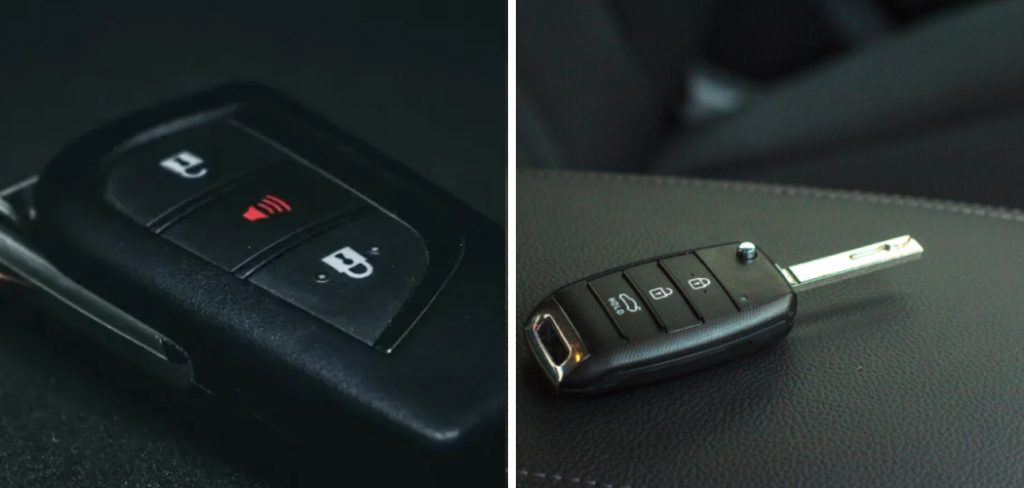
vehicle from unauthorized access or potential theft. If a key fob is lost or stolen, it becomes imperative to act swiftly and deactivate it to prevent any misuse. Several options are available for deactivating a stolen key fob, ranging from following manufacturer-specific procedures to implementing additional security measures. These steps ensure the protection of your vehicle by rendering the lost
key fob useless, ultimately providing peace of mind and enhanced security for vehicle owners.
Understanding Key Fobs and Their Functionality
What is a Key Fob?
A key fob is a small, wireless device used to control various functions of modern vehicles, such as locking, unlocking, and starting the engine without a physical key. It has become an indispensable component of vehicle security and convenience systems. Standard remote fobs typically allow for basic functions like remote door locking and unlocking, while more advanced smart keys offer
features like push-button start, passive entry, and even personalized settings. These smart devices enhance driver convenience and security, enabling seamless interaction with the vehicle’s systems.
How Key Fobs Work
Key fobs utilize advanced technology to communicate with a vehicle’s electronic system. Most key fobs operate using RFID (Radio-Frequency Identification), a wireless technology that transmits data between the fob and the car’s receiver. Additionally, many modern key fobs employ rolling codes to prevent unauthorized access; each time the fob is used, it generates a unique code that the vehicle
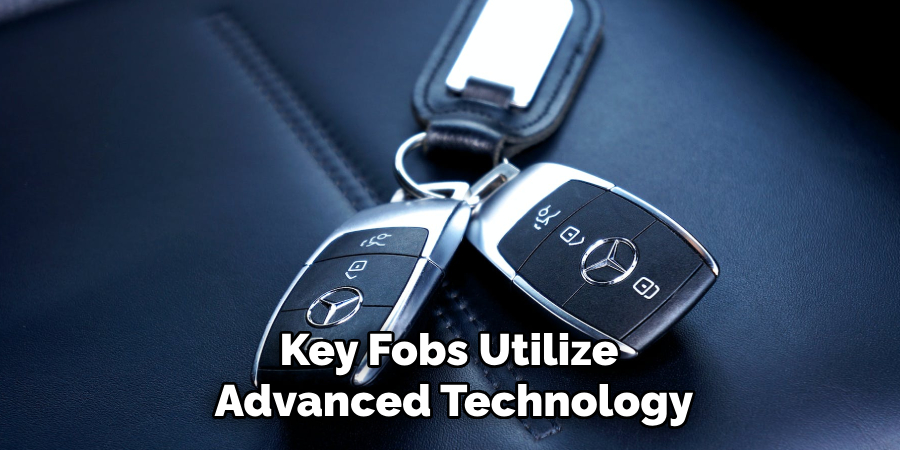
must recognize. This dynamic security measure helps protect against interception techniques. If a key fob is deactivated, it effectively breaks the connection to the vehicle’s system, thus enhancing security by preventing unauthorized access to the vehicle’s functions.
Risks of Theft
Theft of a key fob poses significant security risks. A stolen key fob can lead to unauthorized access to the vehicle, making theft easier and increasing the potential for vandalism or loss. The technology intended to provide convenience can quickly become a liability when in the wrong hands. Therefore, it is crucial to act swiftly to deactivate a stolen key fob to prevent these risks. Quick deactivation ensures that the lost fob cannot be used, protecting the vehicle and providing peace of mind to the owner.
How to Deactivate Stolen Key Fob: Immediate Actions to Take After Key Fob Theft
Assessing the Situation
Upon discovering that your key fob has been stolen, it’s essential to remain calm and quickly assess the situation. Begin by checking your vehicle and its surroundings for any signs of tampering or theft. Look for evidence such as forced entry, damaged locks, or suspicious activity around your parking area. Staying composed is crucial as it allows you to gather relevant information, such as the
key fob’s serial number or unique identifiers. Documenting these details can assist in reporting the theft and taking further action more effectively.
Contacting Your Vehicle Manufacturer
The next step involves contacting your vehicle manufacturer or local dealership to seek assistance in deactivating the stolen key fob. It is advisable to have specific information ready to expedite the process. This includes your vehicle identification number (VIN), proof of ownership, and any details concerning the theft incident. The manufacturer or dealership representatives will guide you through the
necessary steps to ensure the stolen fob is deactivated promptly, helping to safeguard your vehicle from unauthorized access.
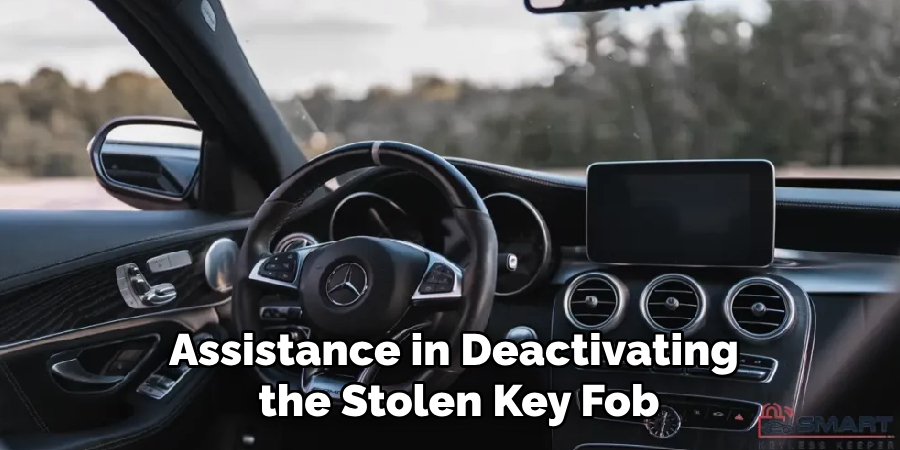
Deactivation Options Provided by the Manufacturer
Manufacturers typically offer several methods to deactivate a stolen key fob, ensuring that your vehicle remains secure. One common method is remote deactivation, where the manufacturer can disable the stolen fob using their systems, rendering it inoperative. Another option includes reprogramming the vehicle’s electronic system to reject the stolen fob while allowing any authorized
fobs to continue functioning normally. The specific processes for deactivation may vary by manufacturer, so it is vital to follow the guidance provided by your vehicle’s specific brand and model for optimal security outcomes.
Utilizing Vehicle Security Features
Alarm Systems
Alarm systems serve as a critical line of defense against unauthorized access to your vehicle. These systems are designed to alert owners of attempted break-ins through loud sirens or alerts. After the theft of your key fob, it’s crucial to ensure that your vehicle’s alarm system is properly activated and functioning. To test the alarm, consult your vehicle’s manual for specific instructions, which may include
locking the vehicle and attempting to enter without using the fob. If any issues are detected, contact your dealership promptly for assistance in recalibrating or repairing the alarm system to maintain optimal security.
Tracking Systems
Many modern vehicles are equipped with built-in GPS tracking systems that can be invaluable if your vehicle is stolen due to a compromised key fob. These tracking systems allow you to monitor your vehicle’s location in real time, offering a higher chance of recovery. Review your vehicle’s user manual to activate these features and ensure that the tracking subscription is active. In the event of theft, promptly contact local authorities and provide them with the tracking information to facilitate the swift recovery of your vehicle.
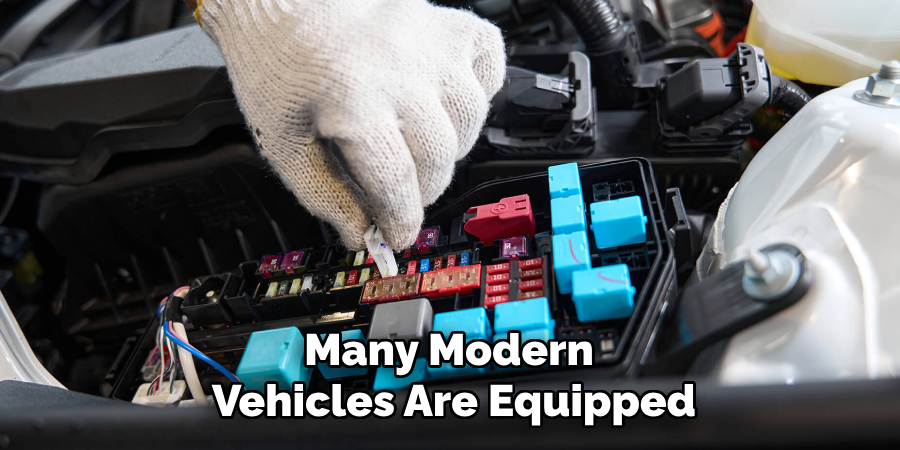
Insurance Notification
After securing your vehicle, notifying your auto insurance provider about the theft of your key fob is a vital step. This notification can help you understand your coverage options for potential losses or damages. Your insurance policy may assist in covering costs related to rekeying your vehicle or replacing compromised security features. Providing detailed information about the theft
incident can facilitate the claims process, ensuring you receive the necessary support to restore your vehicle’s security promptly and effectively.
Replacing the Key Fob
Getting a New Key Fob
When a key fob is lost or stolen, obtaining a replacement is crucial to maintaining vehicle security. The process begins by choosing between acquiring a replacement through your vehicle’s manufacturer, local dealership, or third-party providers. Manufacturers and dealerships typically offer replacements that ensure full compatibility, though they may come at a premium cost. Conversely,
third-party providers often offer more cost-effective options, but ensuring compatibility and quality is essential. Dealer replacements can range from $150 to $450, while aftermarket options may start as low as $50. Assessing your needs and budget will guide you in making an informed choice.
Programming the New Key Fob
Once you have a replacement key fob, programming it to work with your vehicle becomes the next priority. For some vehicle models, programming can be a straightforward DIY process; detailed instructions can often be found in the vehicle’s user manual or online forums specific to your car model. These methods usually involve a sequence of steps utilizing the vehicle’s ignition and existing key
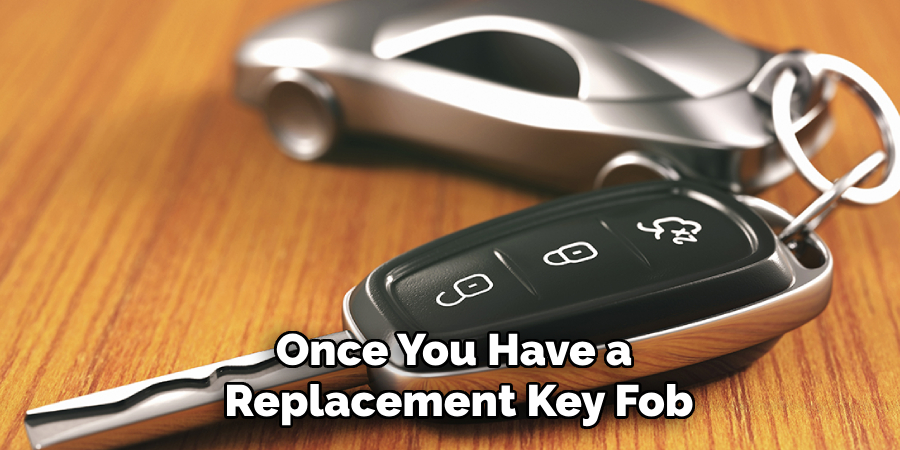
controls. In other cases, especially with newer models, it might be necessary to visit a dealership where specialized equipment will be used to program the fob accurately. Ensuring you follow the manufacturer’s instructions carefully is key to successful programming and vehicle security.
Costs and Timeframes
Replacing and programming a new key fob typically incurs costs that vary based on the vehicle make and model, with expenses ranging from $50 to several hundred dollars. Dealerships often charge more due to certified compatibility and specialized programming services, with some charges climbing as high as $500. In terms of timeframes, obtaining a new key fob can take anywhere from a few
hours to several days, depending on availability and whether you are purchasing through a dealer or waiting for a third-party shipment. When done through a dealership, programming generally requires a short appointment but can be extended if complications arise. Understanding these costs and timeframes helps streamline the process of securing a functional replacement.
Preventing Future Key Fob Theft
Keeping Spare Keys Secure
Having spare keys is a prudent measure, but storing them securely is crucial to prevent unauthorized access to your vehicle. Spare keys should never be left inside the vehicle or in easily accessible locations. Instead, consider using lockboxes designed specifically for key storage, which can be mounted in discreet locations around your home. Alternatively, entrust a spare key to a reliable family
member or friend, ensuring they are aware of its importance and responsibilities related to its safekeeping. Proper storage is your first line of defense in key fob security.
Utilizing Additional Security Measures
Beyond managing spare keys, implementing additional security measures can significantly enhance your vehicle’s safety. Steering wheel locks or wheel locks offer a physical deterrent against theft, while modern GPS trackers enable real-time monitoring of your vehicle’s location, aiding in quick recovery if stolen. Consider integrating anti-theft technologies such as immobilizer, which prevent the engine from starting without the correct key fob. These devices act as robust layers of security that complement electronic fob systems, making your vehicle less attractive to potential thieves.
Regularly Changing Access Codes
Modern vehicles often feature electronic locks or remote access systems that allow for code-based entry. Regularly updating these access codes is critical to maintaining strong vehicle security. Change the codes periodically and immediately if you suspect any compromise. Familiarize yourself with the process outlined in your vehicle’s manual, or consult your dealership for guidance. Staying vigilant and maintaining up-to-date security practices, such as rotating access codes, helps ensure continued protection for your vehicle against unauthorized use.

Conclusion
In the event of a key fob theft, it is crucial to act swiftly to minimize risks and ensure your vehicle’s security. Start by immediately notifying your vehicle’s manufacturer and utilizing any built-in security features to track or deactivate the stolen key fob. Ensuring that these features are activated can significantly enhance your chances of recovering the vehicle.
Next, arrange for a replacement fob to restore full vehicle functionality, weighing options between manufacturers, dealerships, or third-party providers for cost efficiency and compatibility. Following this, implement effective measures to prevent future occurrences, such as securing spare keys and adopting additional security gadgets. Furthermore, regularly changing access codes can boost your vehicle’s defenses against unauthorized use.
Remember, understanding how to deactivate stolen key fob and taking prompt action is key to thwarting potential thefts and safeguarding your vehicle, emphasizing the need for proactive strategies in vehicle security management.
About
Safety Fic is a distinguished figure in the world of Diy design, with a decade of expertise creating innovative and sustainable Diy solutions. His professional focus lies in merging traditional craftsmanship with modern manufacturing techniques, fostering designs that are both practical and environmentally conscious. As the author of diy, Safety Fic delves into the art and science of Safety Fic-making, inspiring artisans and industry professionals alike.
Education RMIT University
(Melbourne, Australia) Associate Degree in Design (Safety Fic) Focus on sustainable design, industry-driven projects, and practical craftsmanship. Gained hands-on experience with traditional and digital manufacturing tools, such as CAD and CNC software.
Nottingham Trent University
(United Kingdom) Bachelor’s in diyfastly.com and Product Design (Honors) Specialized in product design with a focus on blending creativity with production techniques. Participated in industry projects, working with companies like John Lewis and Vitsoe to gain real-world insights.
Publications and Impact
In diy, Safety Fic his insights on indoor design processes, materials, and strategies for efficient production. His writing bridges the gap between artisan knowledge and modern industry needs, making it a must-read for both budding designers and seasoned professionals.
